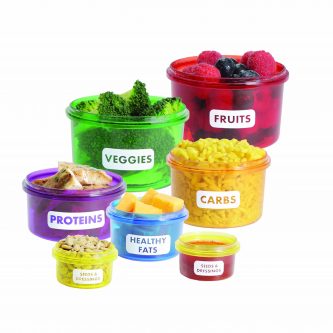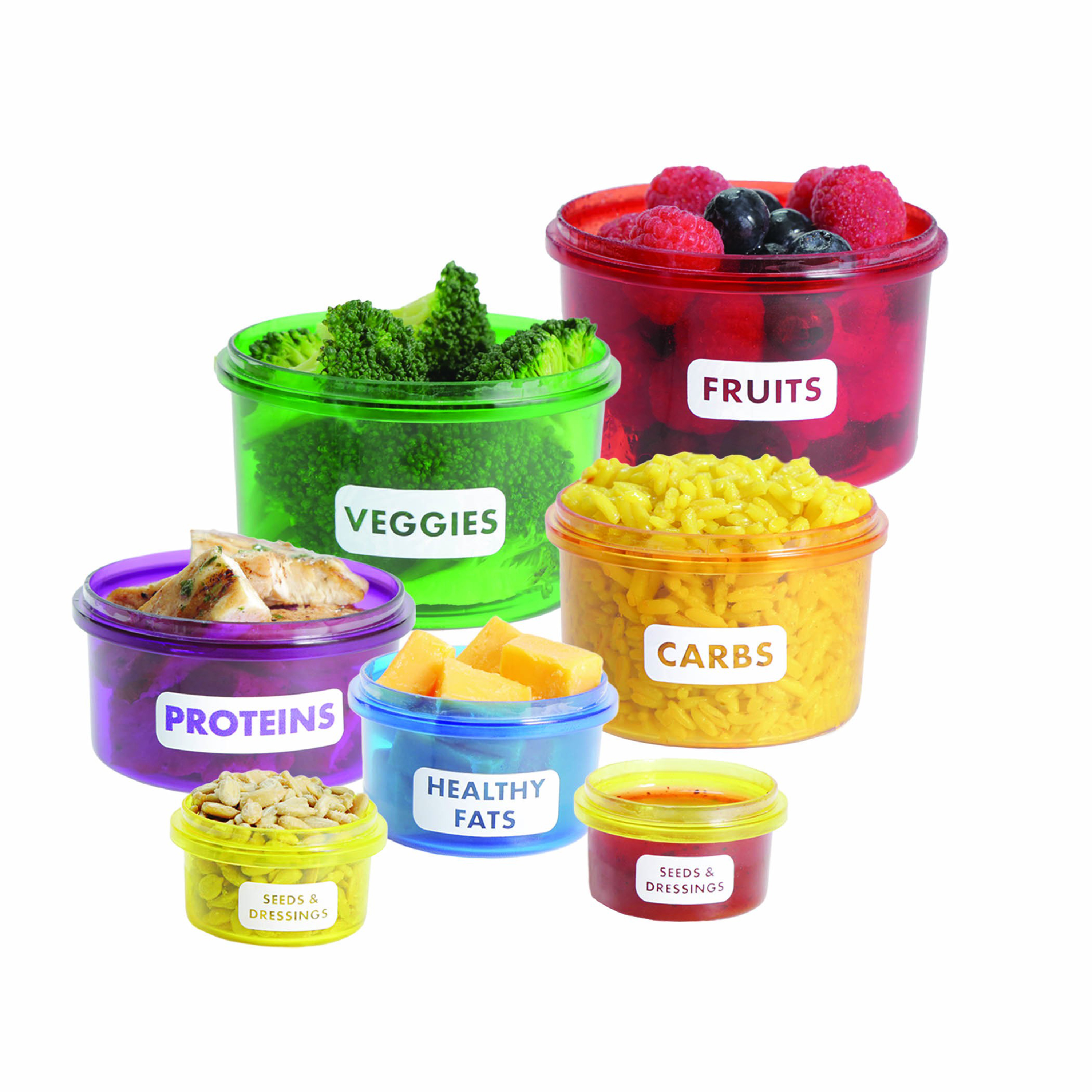There might be times in your fitness journey when you get to a stage where the only thing moving is you. You could be hitting the gym regularly, dieting religiously, but still find that the scale is just not budging. This does not mean that you have reached your optimum weight loss; it simply means that you might have plateaued.
you have reached your optimum weight loss; it simply means that you might have plateaued.
This causes a lot of people to give up. You might have heard people saying things like ‘no matter how much I diet and exercise, I don’t lose weight, so I might as well not bother’. This is the worst thing you can do because most likely your weight loss has stopped or has not taken off because you are making these fundamental errors. You can correct them and soon be on track to reaching your weight-loss goal.
 Error number one: Your cardio routine is not geared for fat burning
Error number one: Your cardio routine is not geared for fat burning
Let’s say you started with 30 minutes of cardio and then as your endurance built, you ramped it up to 60. You might be thinking—and with good reason—‘I am doing more, therefore I should be losing more’. It really does not work that way. In fact, as regards cardio, more is not always better.
How do you correct it? You can go back to doing 30 minutes of cardio, but instead of just doing a regular routine switch to high-intensity interval training (HIIT).
HIIT is a workout that alternates between intense bursts of activity and fixed periods of less-intense activity or even complete rest in a repeating pattern. For instance, if you’re running, you’ll run as fast as you can for one minute and then jog or walk for two minutes. Repeat that ten times and you would have done 30 minutes of fat-burning HIIT.
Error number two: Your diet is wrong
Because weight loss is your goal, getting your exercise right is just part of the equation. Another huge part of it is your  diet. More than any training or supplementation changes you make, diet has by far the most major effect on weight loss. You might think you are eating healthy because you have cut back on carbs, but are you watching your calorie intake? If your calorie intake is higher than it needs to be, you are not doing yourself any favours and it may also seem like the exercise you are doing is not working.
diet. More than any training or supplementation changes you make, diet has by far the most major effect on weight loss. You might think you are eating healthy because you have cut back on carbs, but are you watching your calorie intake? If your calorie intake is higher than it needs to be, you are not doing yourself any favours and it may also seem like the exercise you are doing is not working.
The solution: You can’t just cut carbs, fats and sugars, you also have to cut calories. Even healthy foods have calories and this is where portion control comes into play. Get yourself a set of measuring cups and spoon and use these to portion your food. Over the course of a few weeks, you’ll start to get a real feel for what a proper portion is, and eventually you’ll no longer need the measuring utensils to know what you’re doing.
Try for balance. If you’re doing HIIT regularly, you won’t be able to handle it if you’re going low carb. Get 15 to 20 percent of overall calories come from fat—mostly the healthy unsaturated variety found in foods like nuts, fish and avocados and the rest from protein and carbohydrates.
Finally
You need to keep it real. As I said numerous times in this column before, if it took you months or years to gain weight, you cannot realistically lose it all in a week. That is what everyone would like and if it were that easy, there would be no obesity epidemic in the world. And although there are ‘diet’ supplements that may help with increased energy expenditure and acceleration of fat loss, such as: L-Carnitine, CLA, Raspberry Ketones, African Wild Mango, Grapefruit Seed Extract, Olive Leaf Extract and Green Tea, the best proven methods are dieting and exercising done together.








